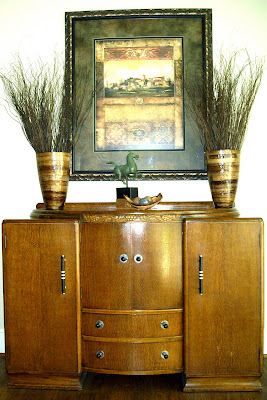
If you have ever had a bad experience choosing a paint color, or a sofa, or hanging artwork, don’t despair. Don’t think you haven’t got what it takes. You probably just didn’t go through the process that designers do and follow as many steps to have success. Designers measure everything. They do samples, and sketches, and lay-outs. They add and subtract, arrange and rearrange until they get it right, When rooms are photographed for magazines, a whole team of experts comes in. They use special lighting, bring in buckets of flowers and greenery, find the best angle, check every detail, and take all day to make that one shot look perfect. Just like airbrushing the models in a fashion shoot, they achieve a level of perfection rarely, if ever, seen in real life. But, good design is more than a two-dimensional image on paper. It is the bringing together of cohesive elements you love that represent your taste, and organizing them in a comfortable, functional environment that beautifully expresses who you are.
(Artwork by Joseph Baron)
No question there are individuals who have a natural talent with great flair and a good eye, which is a critical component of design. In fact, many design schools have entrance testing to weed out those students who lack the innate ability to be good designers despite adequate education. But just having that style doesn’t guarantee a great outcome every time, and not having it doesn’t condemn you to being decoratively challenged for life. Good design is a process. It’s about information gathering and analysis, trial and error, success and failure until you get it right.
You can either hire a designer to do this work for you, or you can learn from their methods and do it yourself. And, you don’t have to know everything that designers know. Just start with one aspect of your decor at a time, and learn something about it before you try to incorporate it into your home. A perfect place to start is picking paint colors. I am constantly asked how designers can pick the perfect paint color off of those tiny color chips in the fan deck from the paint store. Here’s the secret. They don’t. I don’t think anyone can. If someone has, they’ve just gotten lucky and chances are it won’t happen again. And when I am picking a color for a client to paint a room, I don’t take chances. There is a deliberate process I go through to get the color right. It costs time and money, but it works. The same is true for picking furniture, accessories, placement, or anything for a client’s home.
Like the mystery of the sphinx or the question to the oracle, everyone is looking for the secret to great design and gorgeous rooms. What is the key to getting your home to look like those photos in magazines? The secret is, there is no secret. In most cases, it takes a lot of hard work and knowledge, coupled with talent and experience. Good designers just make it look easy because they have done their homework. Lots of it. There are long standing principles of design, guidelines, and rules of composition that take time, study, and practice to master.
Read more!

















